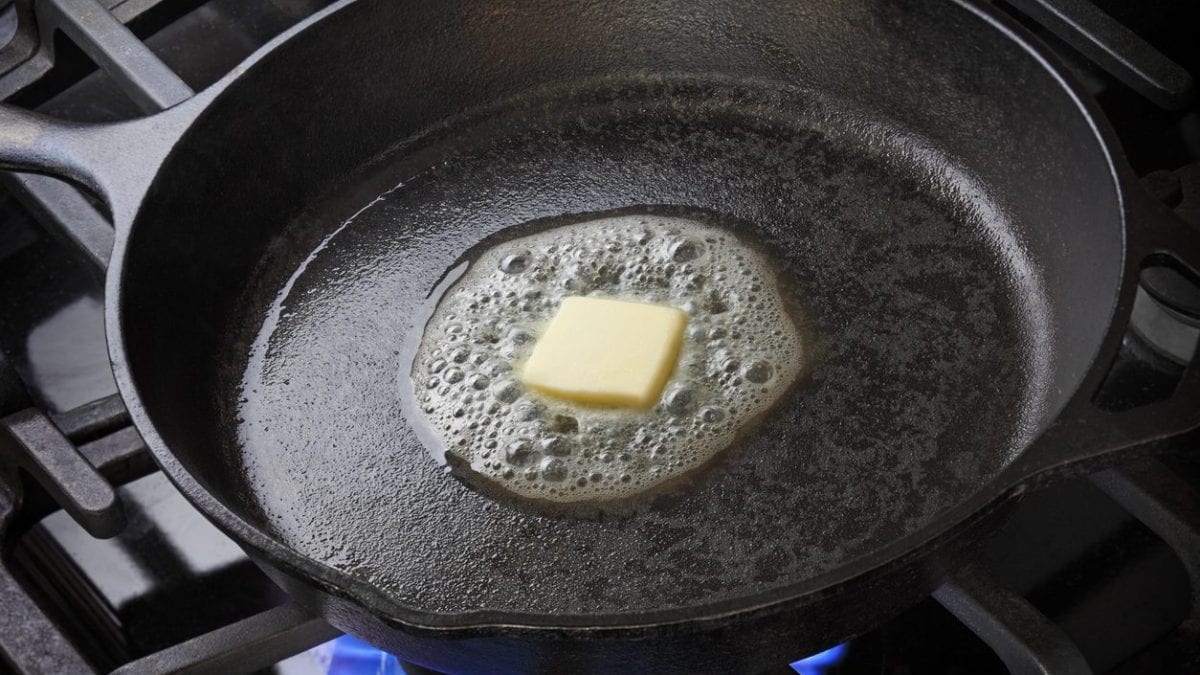
Butter can make everything tastier: just a little bit of it adds richness and depth to almost everything it touches, as well as being a decent source of fat-soluble vitamins, especially vitamin A, and minerals. Like all ingredients, however, to make sure it is used to its full potential, it is a good idea to learn how to use it correctly, especially when it comes to putting it in a pan. How many times have you ruined a recipe to cook in butter because it burned? If you have never understood where you went wrong, we will explain it to you and also provide you with a few tricks to avoid it happening again in the future.
Why Does Butter Burn?
Before finding out what to do to prevent butter from burning and ruining the recipe, let's take a step back and understand the reasons why butter ends up burning. It's all in its composition: butter contains about 80% fat, 16% water and 4% protein and, when you heat it, as soon as it reaches 212°F/100°C the water inside it starts to evaporate quickly. The consequence is that only casein (milk protein) remains, which is very sensitive to high temperatures. Around 248/120-266/130°C, the butter starts to darken but it hasn't burned yet, you've just obtained hazelnut butter, a caramelized butter that can be used in many recipes.
When butter exceeds these temperatures, however, it exceeds its smoke point and at this point it actually burns, not only taking on a bad taste but also developing volatile toxic substances, as happens with frying oil when it goes beyond its smoke point. Many suggest adding oil to butter in order to raise the smoke point, but this is only good for moderate cooking, because in high-temperature cooking the mix of the two fats is not enough to prevent the butter from burning itself.

Tricks to Avoid Burning Butter in The Pan
The easiest way to prevent butter from burning while cooking is to change the type of butter you use and start cooking with clarified butter, known in Asia as ghee. This is butter that, following a heat treatment called clarification, is deprived of water and casein. The butter is clearer, more digestible, lighter than traditional butter and above all much more suitable for cooking at high temperatures: in fact, deprived of casein, clarified butter has a smoke point that rises to 350°F/180°C.
This means that the butter will not burn even when cooking at higher temperatures, such as frying, and in fact it is no coincidence that the use of clarified butter is one of the secrets of cooking dishes such as the Milanese cutlet. It is no coincidence that ghee is also widely used in many Indian recipes that require a more aggressive flame, such as browning, browning meat and vegetables or toasting spices.

If you don't have clarified butter or don't have time to prepare it yourself at home, you can try another "grandmother's" trick, an ancient but still effective remedy: dilute the butter with a ladle of broth. When the water naturally present in the butter is about to evaporate, adding the broth helps to retain it and increase it, blocking the temperature at 212°F/100°C degrees and thus preventing the butter from starting to burn. Try it and believe it!
;Resize,width=767;)
